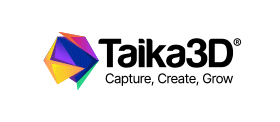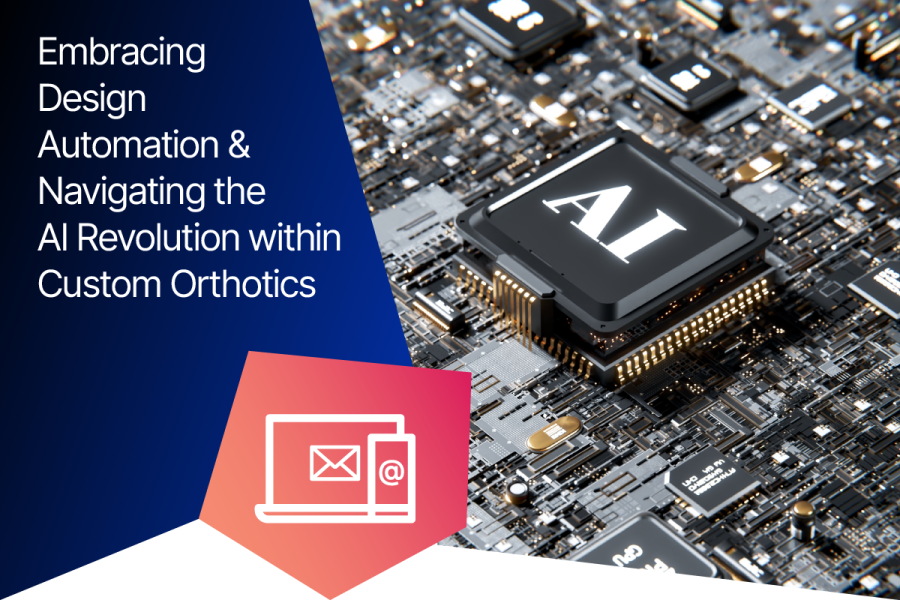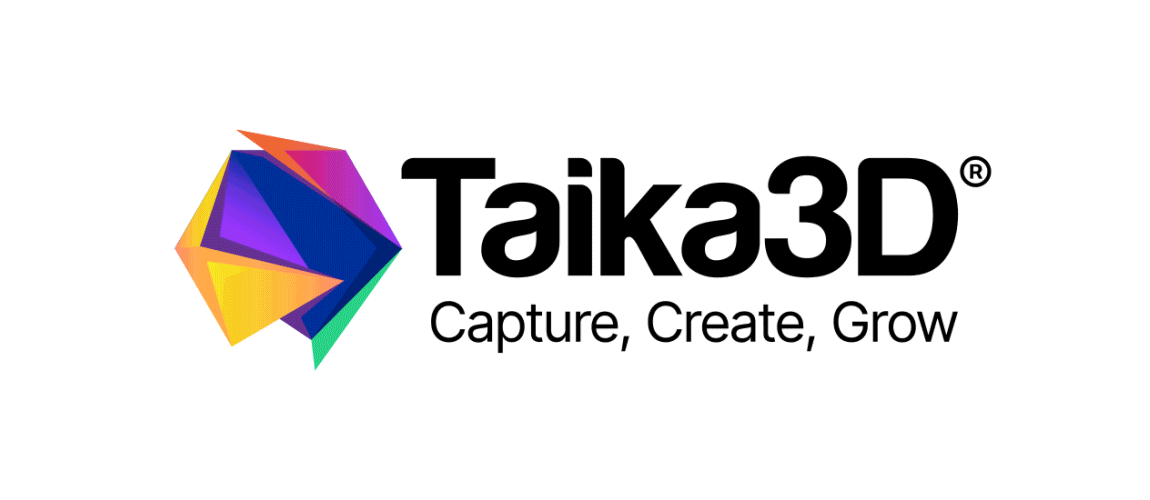As I embarked on a learning curve about custom orthotic design in my new marketing role at Taika3D, I was interested to learn what my colleagues thought about the challenges faced by the industry, and how technology is responding to these.
In previous blogs, we established that we are optimistic for the implementation of new technology, and I’m now keen to understand what this means for the people in the process.
Changes are now happening fast and I asked my colleagues whether the workforce can adapt to these new developments.
Based on their responses, it looks like manufacturing technicians of the future will need to get studying! According to Arthur;
Preparing for new technology
“Digital design literacy is crucial for success for technicians in the O&P industry, enabling superior products, cleaner workflows, scalability, and cost savings. Embracing digital tools upgrades the designer’s toolbox, freeing them from repetitive work and allowing more time for creative design.
“The integration of AI tools is revolutionizing automation by leveraging self-improving algorithms based on hundred of thousands of collected scans and feedback from human experts reviewing the results. AI advancements are key in transforming digital work and overcoming legacy software challenges in the field.”
Indeed, Arthur has done a lot of work in training people in 3d design for printed devices and says people can be quick to pick up the skills, but he recognises that not everyone needs to be, or wants to be a CAD expert.
Steve agrees.
Understanding the design process
“This is not about replacing manufacturing people with software developers. However, I do believe that the manufacturing team should understand the fundamentals of the design process, even where it is automated.
“More crucially though, you need to understand how your products actually work so that you can make them better.”
“We give the orthotic manufacturing technicians more power to make an impact. Using technologies of 3D machine vision, automated design, and AI should mean that a good technician can take a step back from the routine work and focus on adding value to the whole process.”
“Armed with this understanding you can focus on making things better – work closer with clinical staff and end users, get involved in innovation, and help with complex clinical cases.”
“Not everyone will be ready for this but my guess is that you will be surprised by the people that have the most to contribute if we can unlock their potential. I have seen this in teams I have worked with and with the people within our clients’ teams and it is really rewarding to experience.”
Pushing the boundaries in treatment objectives
Pushing the boundaries in treatment objectives
Jari was even more ambitious for the impact that better design and engineering tools can have.
“We are not far away from being able to optimise each individual design for each treatment so that devices are as light, comfortable and effective as possible. The challenge is out there for the clinical and research community to develop the treatment objectives and for the engineers to implement these tools.”
Exciting new innovations on the horizon then! Can’t wait!












